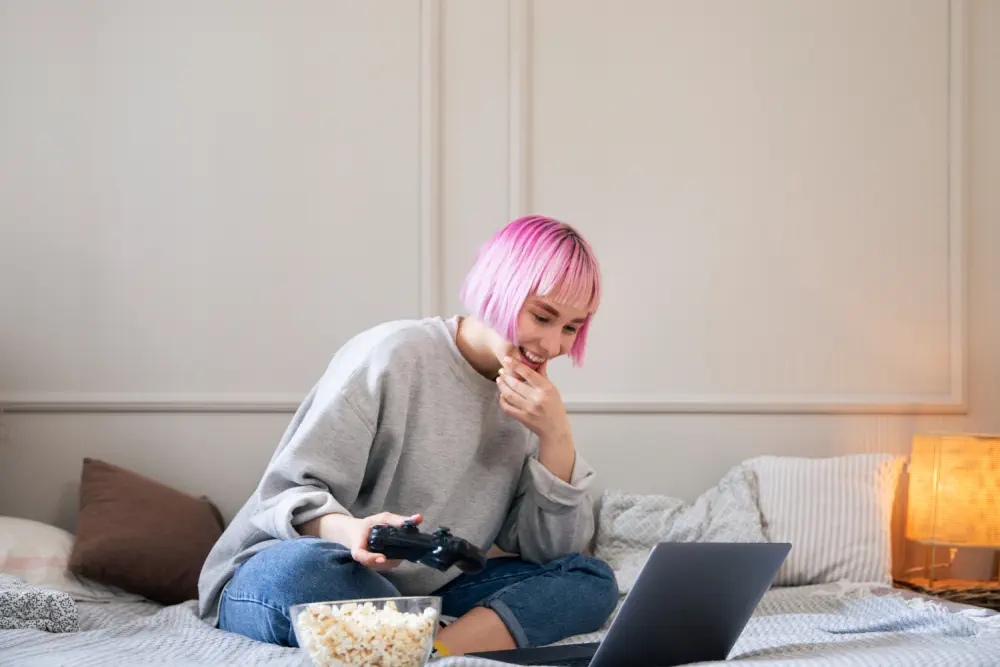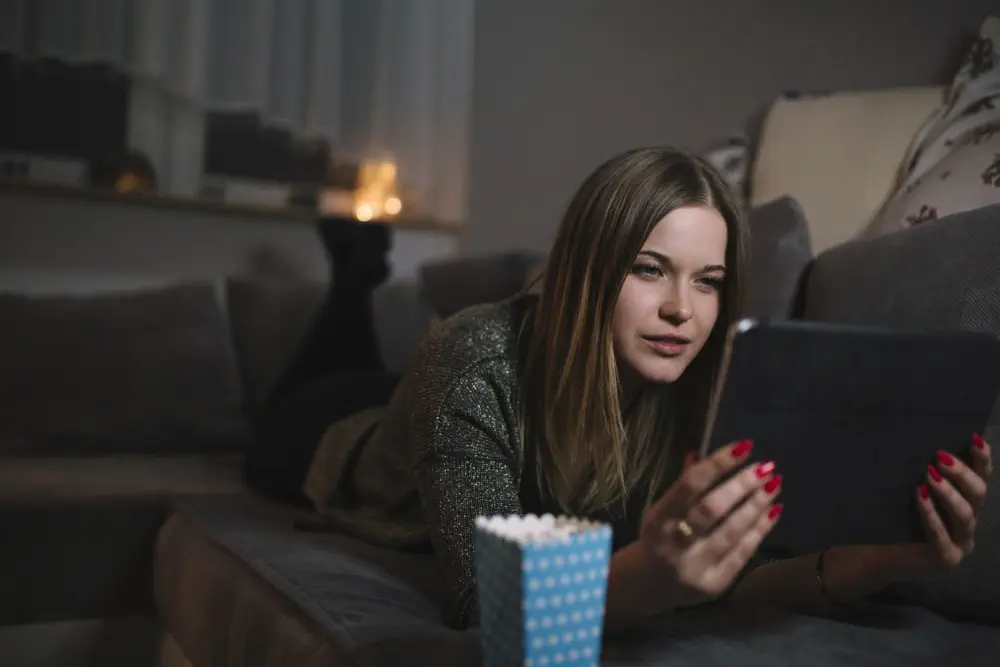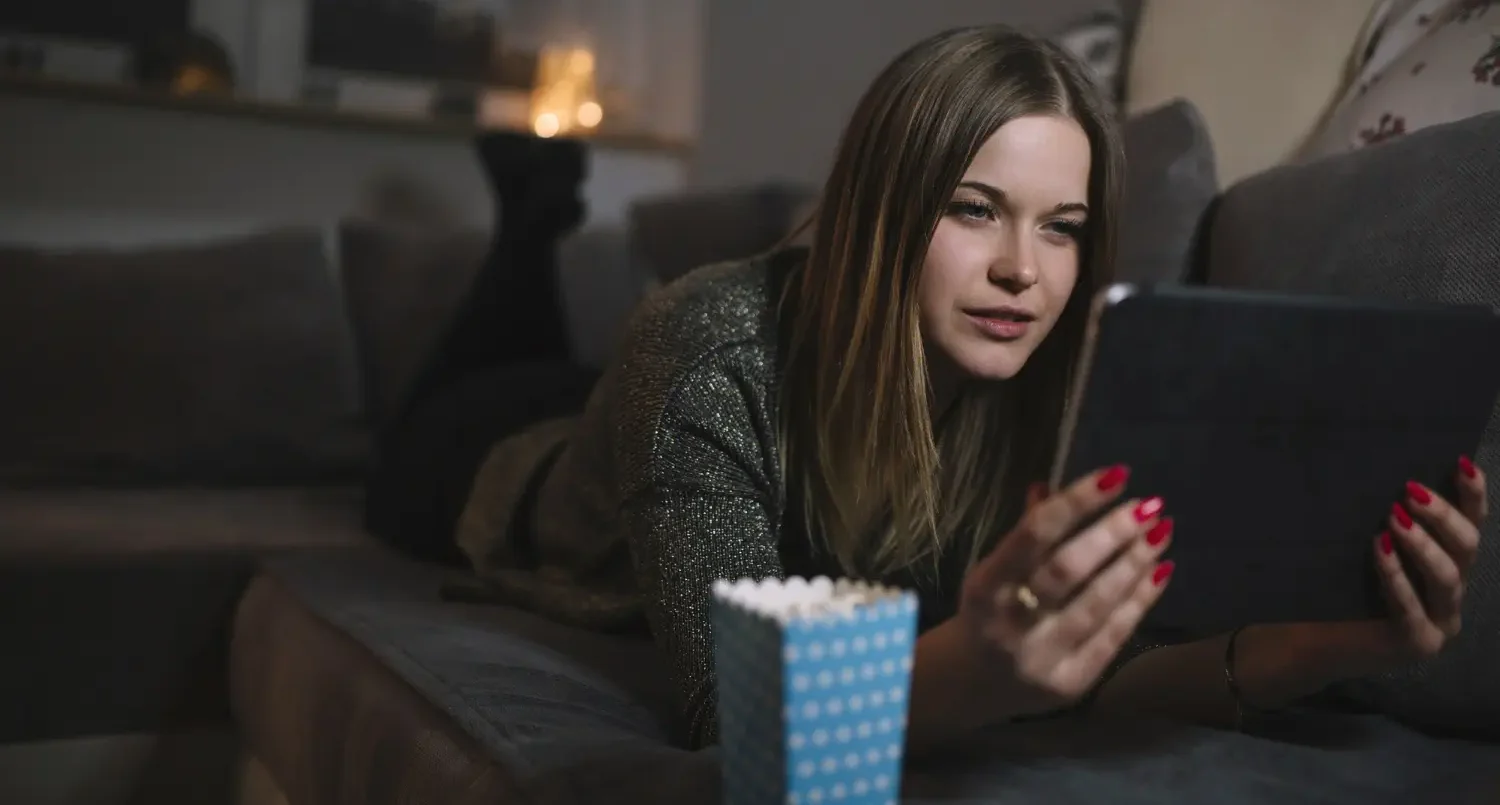We offer medical detox and multiple addiction treatment options in our
luxury treatment centres in Port Hope, Cobourg, and Ottawa.
Understanding the Psychology of YouTube Addiction
One video becomes three hours. The tutorial leads to music videos, then comedy clips, then somehow, conspiracy theories. Your phone battery dies before your willpower kicks in.
YouTube serves as both a blessing and a curse for millions worldwide. When casual viewing morphs into compulsive consumption, many find themselves struggling with YouTube addiction—a pattern that disrupts sleep, relationships, and productivity.
Key Takeaways
- YouTube addiction arises from satisfying key human needs like learning, entertainment, social connection, and mood control, leading to excessive viewing.
- The platform’s design — dopamine rewards, personalised algorithms, autoplay, and unpredictable content—fuels compulsive use.
- Warning signs include loss of control, constant thinking about YouTube, increased viewing time, withdrawal symptoms, and neglecting duties.
- Excessive use negatively affects mental and physical health, relationships, and productivity over time.
- Recovery involves tracking usage, changing device settings, setting limits, finding alternatives, managing urges, and seeking support or doing a digital detox.
While psychologists continue researching technology addiction, many now recognize that problematic YouTube usage patterns deserve serious clinical attention. This article explores what makes the platform so gripping, how design amplifies our psychology, and practical paths toward mental recovery.

The Magnetic Pull – Exploring YouTube's Psychological Appeal
YouTube captures our attention through powerful psychological hooks that run deeper than mere entertainment value.
The platform simultaneously satisfies multiple core human drives:
Information Seeking: From guitar tutorials to quantum physics explanations, YouTube offers immediate knowledge on practically any subject. This educational component provides genuine value while pulling users through curiosity, satisfaction and skill-building.
Entertainment and Escape: During stressful or boring moments, YouTube delivers immediate relief—comedy for endorphin-releasing laughter, storytelling for mental transportation, or content that simply passes time without effort.
Social Connection: Though rarely meeting creators personally, viewers develop strong parasocial relationships—one-sided bonds where fans feel authentic connections with content producers. Comment sections and community features amplify this feeling of belonging.
Mood Management: People frequently use YouTube specifically to regulate emotional states—calming videos during anxiety, uplifting content during sadness, or stimulating material during boredom.
The platform's vast content library guarantees something for every interest, mood, and need. This endless variety creates perpetual discovery potential—each click might lead to something even more satisfying than your current selection.
Most critically, YouTube demands almost zero effort to access. Available across all devices, it provides immediate gratification with minimal investment, making it the default behaviour whenever free moments appear or discomfort arises.
People once casually interested find themselves gradually hooked on YouTube, their viewing time expanding insidiously as the platform works its psychological magic.

Why You Might Be Hooked on YouTube: Platform Design as a Factor
YouTube actively shapes user behaviour through sophisticated design mechanisms that exploit psychological vulnerabilities.
The Dopamine Loop: Finding enjoyable videos triggers dopamine release—a neurotransmitter linked with reward. Yet dopamine functions beyond pleasure creation—it drives behaviour repetition. Each satisfying video creates a neurochemical push toward finding another, establishing a powerful cycle that feels almost impossible to break voluntarily.
Algorithmic Personalization: YouTube's recommendation system might qualify as history's most sophisticated attention-capture mechanism. It continuously learns from viewing patterns, delivering increasingly tailored content matching personal interests with uncanny accuracy. This personalization reduces the effort required to find engaging material while maximizing watch time.
The algorithm goes beyond recommending similar videos—it identifies patterns across seemingly unrelated content to predict what might grab your attention next. This creates a seamless content stream personally curated for you, eliminating natural breaking points that could otherwise prompt logging off.
Autoplay's Quiet Power: The autoplay feature exemplifies "choice architecture"—environmental design that influences decisions. By automatically starting the next video, YouTube eliminates decision points between videos, extending sessions without requiring conscious choice. This default setting exploits path-of-least-resistance psychology—continuing requires less effort than stopping.
Variable Reward Mechanisms: Videos deliver inconsistent satisfaction levels. Some disappoint while others provide unexpected delight. This unpredictability operates on what psychologists call variable ratio reinforcement—the exact mechanism making gambling compulsively engaging. When rewards arrive unpredictably, seeking behaviour becomes remarkably persistent and difficult to extinguish.
Combined, these design elements create experiences capable of overriding conscious intentions, leaving many users addicted to YouTube despite their best intentions to limit screen time.

Identifying Problematic Use: Are You Addicted to Watching YouTube?
The boundary between healthy engagement and YouTube addiction defies definition by hours alone. Someone might watch extensively for work or education without negative consequences, while another person's briefer but compulsive use might seriously disrupt their life.
The critical difference emerges in the relationship with the platform and its impact on well-being. Consider these warning signs of becoming addicted to YouTube:
Loss of Control: You repeatedly watch far longer than planned, despite genuine desires to stop. You set time limits but consistently break them, unable to close the app or browser at your predetermined endpoint.
Preoccupation: YouTube occupies significant mental space even offline. You frequently think about videos you've watched or plan to watch, and experience restlessness or irritability when unable to view.
Escalation: Over time, you require increasing amounts of YouTube content for the same satisfaction level. What once felt fulfilling for thirty minutes now demands several hours.
Psychological Withdrawal: Without YouTube access, uncomfortable feelings emerge—irritability, boredom, restlessness, or anxiety—which immediately diminish once viewing resumes.
Neglect of Responsibilities and Activities: Important tasks and obligations get postponed for video watching. Hobbies, social interactions, and self-care routines become sacrificed for more screen time.
Continuing Despite Consequences: Even when excessive use creates problems—sleep deprivation, missed deadlines, relationship conflicts—the same behaviour pattern continues without adjustment.
Concealment: You minimize or hide your YouTube time from others, delete watch history, or feel embarrassed about usage patterns.
These indicators mirror patterns observed in other behavioural compulsions and suggest you've become addicted to watching YouTube rather than choosing it freely.
YouTube Internet Addiction and Your Well-being
Excessive YouTube consumption creates widening circles of negative impact throughout various life domains, highlighting why YouTube internet addiction demands serious attention:
Mental and Emotional Health: Research consistently links excessive screen time with increased anxiety and depression symptoms. For many users, comparing themselves with content creators' seemingly perfect lives triggers inadequacy feelings. For others, algorithms promoting increasingly extreme content foster negativity or even radicalization. The temporary escape YouTube provides often masks underlying emotional needs rather than addressing them.
Physical Consequences: Hours of sedentary viewing contribute to physical health problems, while blue light exposure and stimulating content before bedtime disrupt sleep cycles. Many heavy users report eye strain, headaches, and back or neck pain from prolonged viewing positions.
Relationship Deterioration: As screen time expands, face-to-face interactions often contract. Family members and friends may feel neglected or unable to compete with the constant stimulation YouTube provides. The platform creates illusions of social connection while potentially deepening actual isolation.
Performance Decline: Academic grades often fall, work productivity suffers, and long-term goals frequently stall when YouTube consistently diverts time and mental energy from growth-oriented activities.
Most concerning, these negative effects typically develop gradually, making them easy to dismiss until the cumulative impact becomes too significant to ignore — a hallmark of technology addiction that extends beyond just YouTube to many digital platforms.

Strategies for Positive Change and Recovery from YouTube Addiction
Breaking free from YouTube addiction requires addressing both psychological hooks and environmental factors maintaining the behaviour. These recovery strategies can help:
Build Self-Awareness: Before making changes, document current usage patterns. Track when you watch, for how long, what triggers viewing sessions, and how you feel before, during, and after. This baseline information reveals patterns you might not consciously recognize.
Restructure Your Digital Environment: Make YouTube less accessible and its design less manipulative:
- Disable autoplay in settings
- Delete the app from your phone or relocate it to a folder on your last home screen
- Use browser extensions blocking YouTube during specified hours
- Clear watch history to reset the algorithm's interest profile
- Unsubscribe from channels consistently triggering binges
Set Concrete Boundaries: Establish specific rules for YouTube usage:
- Allow watching only during predetermined time blocks
- Use YouTube exclusively on certain devices (preferably not your phone)
- Create physical separation between yourself and devices when not in use
- Set timers alerting you when the allotted viewing time ends
Cultivate Alternative Activities: The most effective way to reduce YouTube consumption goes beyond willpower—replacing it with equally engaging alternatives:
- Rediscover old hobbies or develop new ones providing flow states
- Schedule regular social activities to fulfill connection needs
- Create readily accessible alternatives for different moods (books for escapism, walks for restlessness, calling friends for loneliness)
- Make these alternatives visible and immediately available
Practice Urge Management: Learn to experience the watching impulse without automatically acting:
- When urges strike, pause and observe the feeling without judgment
- Remind yourself that cravings pass even without satisfaction
- Delay just 10 minutes before deciding whether to watch
- Notice how craving intensity typically diminishes with time
Seek Support: Breaking entrenched patterns often requires assistance:
- Tell trusted friends or family about your goals for accountability
- Join online communities focused on digital wellbeing
- For severe cases or when underlying mental health issues complicate matters, consult therapists experienced with behavioural addictions
Remember that setbacks constitute normal parts of changing habitual behaviours. Your goal: progress toward healthier YouTube relationships, not perfection.
If you're wondering how to stop watching YouTube altogether, consider a temporary digital detox. A complete 30-day break often resets habitual patterns and clarifies which content actually adds value versus what merely fills time.
FAQ
What makes YouTube addiction different from general internet use?
While sharing characteristics with broader internet addiction, YouTube addiction focuses specifically on video content consumption. The platform's algorithm, autoplay features, and endless content stream create unique psychological hooks beyond general browsing habits. People addicted to YouTube often lose track of time, specifically while watching videos, rather than during other online activities.
How much YouTube watching qualifies as too much?
Raw hours matter less than impact. Key questions worth asking: Does your YouTube habit interfere with sleep, work, school, relationships, or other responsibilities? Do you control when you start and stop? Does YouTube enhance your life or merely help you avoid discomfort? Your honest answers reveal more than any specific time threshold.
Why do I continue watching despite planning to stop?
Your conscious intentions battle against powerful forces: dopamine-driven reward circuits, algorithms optimized for attention retention, and features like autoplay that remove natural stopping points. This combination can override even strong determination to limit usage.
Can certain YouTube content become more addictive?
Absolutely. Content built around suspense, cliffhangers, emotional intensity, or parasocial relationships often proves especially difficult to moderate. Algorithmic "rabbit holes" around specific topics can particularly engross viewers when aligning with core interests or curiosities.
What works best for cutting back YouTube time?
Most people succeed through combined approaches rather than isolated techniques. Awareness builds motivation, environmental modifications reduce access ease, boundaries provide structure, and alternative activities fulfill the psychological needs driving YouTube consumption initially.
When should someone get professional help for YouTube addiction recovery?
Consider therapy if: you've made serious attempts to change viewing patterns without success; your YouTube habits cause significant distress or functioning problems; you primarily use YouTube for coping with anxiety, depression, or trauma; or problematic use exists alongside other mental health concerns.





